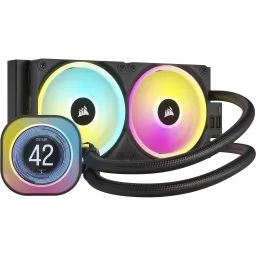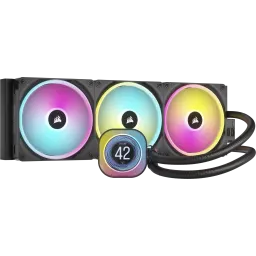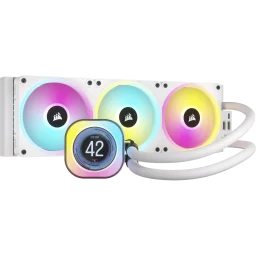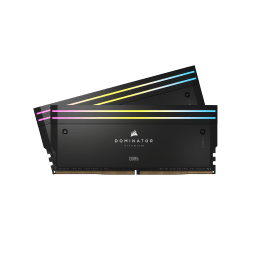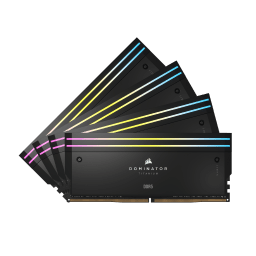HOW TO
How to set up Hardware Lighting in iCUE
UPDATE: Hardware lighting is now known as Device Memory Mode. Refer to our article on how to set up Device Memory Mode for an up-to-date guide.
If you want your CORSAIR products to have your custom Lighting Effects without needing to run iCUE, you can use the Hardware Lighting feature to customize your devices for whenever iCUE is not running or when you use your CORSAIR device on a computer without iCUE.
What is hardware lighting?
Hardware Lighting is an iCUE feature you can use to set Lighting Effects to display whenever iCUE is not running. This means that these Lighting Effects will display when you do not have iCUE running in the background or connect your CORSAIR device to a computer that does not have iCUE installed.
When creating an iCUE profile with Hardware Lighting, there are two options depending on the CORSAIR device. Either you have to save the profile in the onboard memory* of your CORSAIR device (e.g. mouse, keyboard), or it will be saved automatically when you select the RGB effect (e.g. DRAM, iCUE LINK Cooling products). You can see how many onboard memory* slots your CORSAIR device has by selecting the device in iCUE, then clicking Device Settings.
*NOTE: The number of onboard memory slots available will vary by device.
Why does my lighting reset to default when I start my PC/when iCUE is closed?
Hardware Lighting will always take control when iCUE is not active. When you turn on your PC, iCUE is not running and automatically switches to the Hardware Lighting profiles that have been saved. This means that if you have set your keyboard to the RGB effect "Static Colour" with a green colour in iCUE, it will not appear when you start the PC, but another RGB effect such as "Water Colour" will be shown.

How do I set up hardware lighting?
If you want to set up hardware lighting:
- Open iCUE.
- Select the device you want to set up hardware lighting for.
- Click Hardware Lighting on the left menu.
- Select the lighting effect you want to apply in the Lighting Type section.

- Customize the lighting effect using the options provided.
- Once you have finished customizing, click Device Settings.
- Go to the Onboard Memory selection and select a slot to save the profile in.
- If all memory slots are full, you will need to delete or override one of the slots to free it up for your new profile.

How to set up hardware lighting for iCUE products: Video guide
If you need a more effective visual aid, then our guy in HQ has made a nice video to guide you through the process.
РЕГИСТРАЦИЯ ПРОДУКЦИИ

